Rajshahi, Oct 12 (V7N) — As urbanization rapidly increases, so does the problem of noise pollution, posing serious public health risks. Noise pollution has been linked to hearing loss, irritability, sleep disturbances, high blood pressure, cardiovascular damage, and weakened immune systems. In the case of Rajshahi, the situation has reached alarming levels.
A 2022 report by the United Nations Environment Program (UNEP) ranked Rajshahi as the fourth most noise-polluting city in the world, with noise levels reaching 103 decibels . In light of this report, the Barendra Environmental Development Voluntary Organization conducted an assessment of noise levels in five densely populated areas of the city during the day.
The highest average noise level was recorded at the Railway Gate , reaching 96.30 decibels , followed by Lakshipur Junction at 96.10 decibels . Other areas, including Talaimari Mor , Bisik Math Pond , and Saheb Bazar Zero Point , recorded noise levels of 88.80 decibels , 76.00 decibels , and 90.50 decibels respectively. These levels far exceed the safe threshold for noise exposure, which is generally considered to be around 85 decibels for prolonged periods.
The study led by Engineer Md. Zakir Hossain Khan (Ph.D.) , along with Dr. Ali Ahmed, Obaidullah, Shamsur Rahman Sharif, and Koli Ahmed, explored the root causes of this rampant noise pollution. Their findings revealed that much of the noise pollution is due to the excessive honking of auto-rickshaws, rickshaws, and buses, many of which use TT horns known for their loud, piercing sound. The use of battery-powered autos further exacerbates the issue, especially at busy intersections like Talaimari and the Railgate area.
Proposed Solutions to Mitigate Noise Pollution:
To address the problem, the Barendra Environmental Development Voluntary Organization has proposed several remedies:
1. Vepu Horn Regulation: The use of Vepu horns should be made mandatory for auto-rickshaws, banning other louder and disruptive horns like TT horns.
2. Designated Lanes for Vehicles: Auto-rickshaws and rickshaws should be required to use designated lanes, while buses should avoid unnecessary stops that contribute to honking and congestion.
3. Speed Limits: Enforcing speed limits within the city can have an indirect but positive impact on noise reduction, as slower-moving traffic tends to generate less noise.
4. Tree Planting as a Sound Barrier: The organization also emphasizes the role of trees in acting as natural sound barriers. In a city known for its mangoes, planting mango, jamun, neem , and sajne trees could provide long-term relief from both noise and air pollution. Sajne trees in particular are noted for their high capacity to absorb carbon dioxide and release oxygen, further benefiting the environment.
Effects of Noise Pollution on Wildlife:
The impact of noise pollution goes beyond humans, affecting animals, birds, and even plant life. High levels of noise can disrupt communication and navigation for wildlife, leading to behavioral changes and increased stress. By increasing green spaces and tree cover, Rajshahi could significantly reduce the negative effects of urban noise on its diverse ecosystem.
The research highlights the urgent need for a comprehensive noise pollution control strategy in Rajshahi to protect public health and the environment.



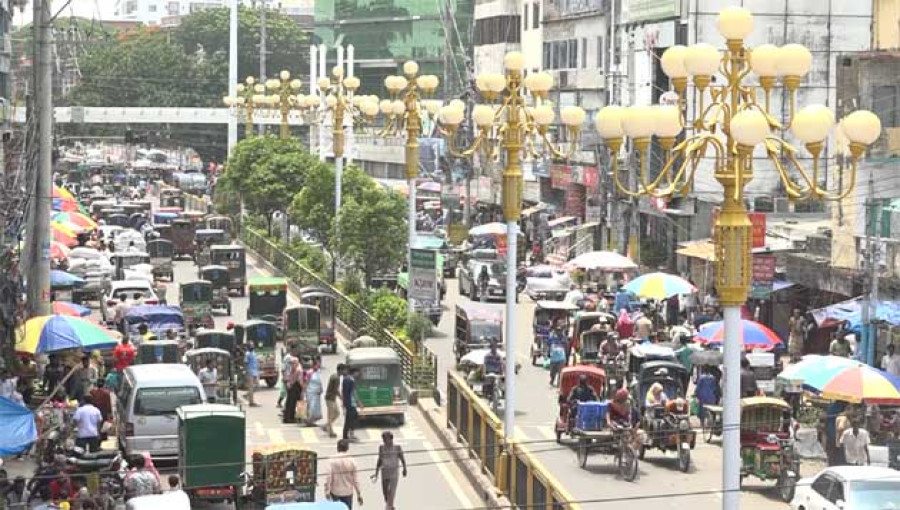






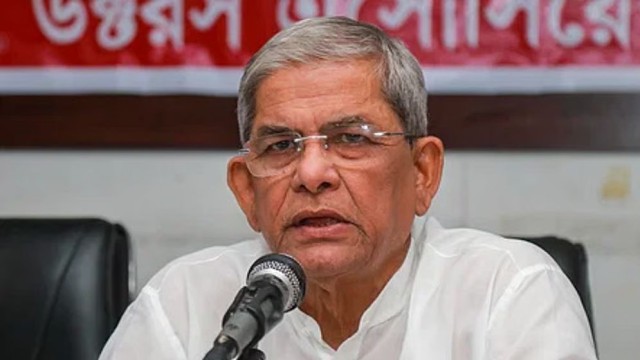





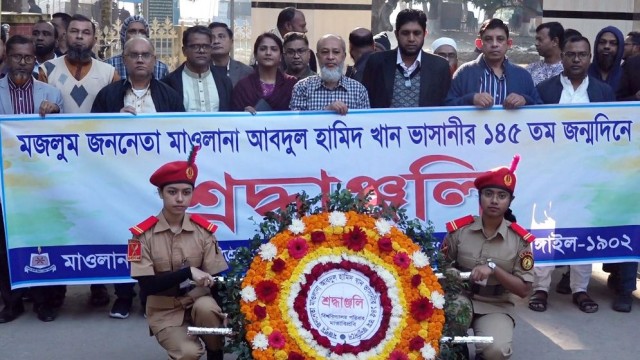


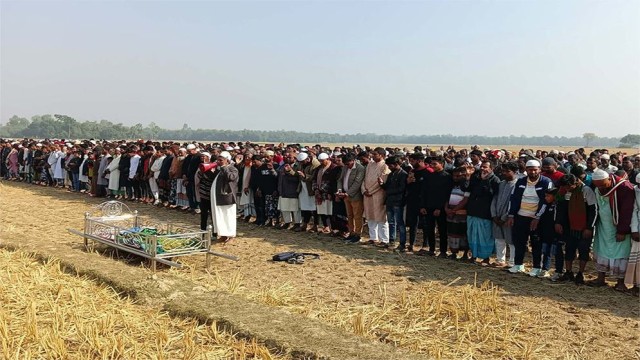



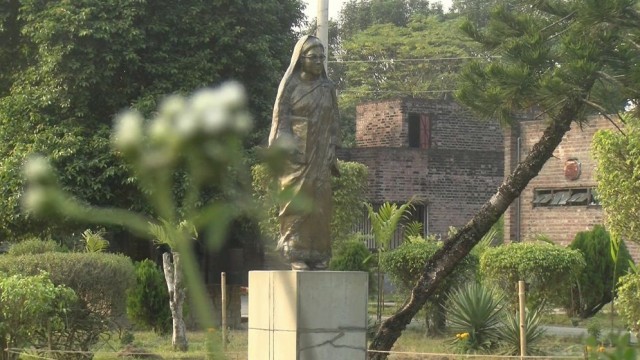







Comment: